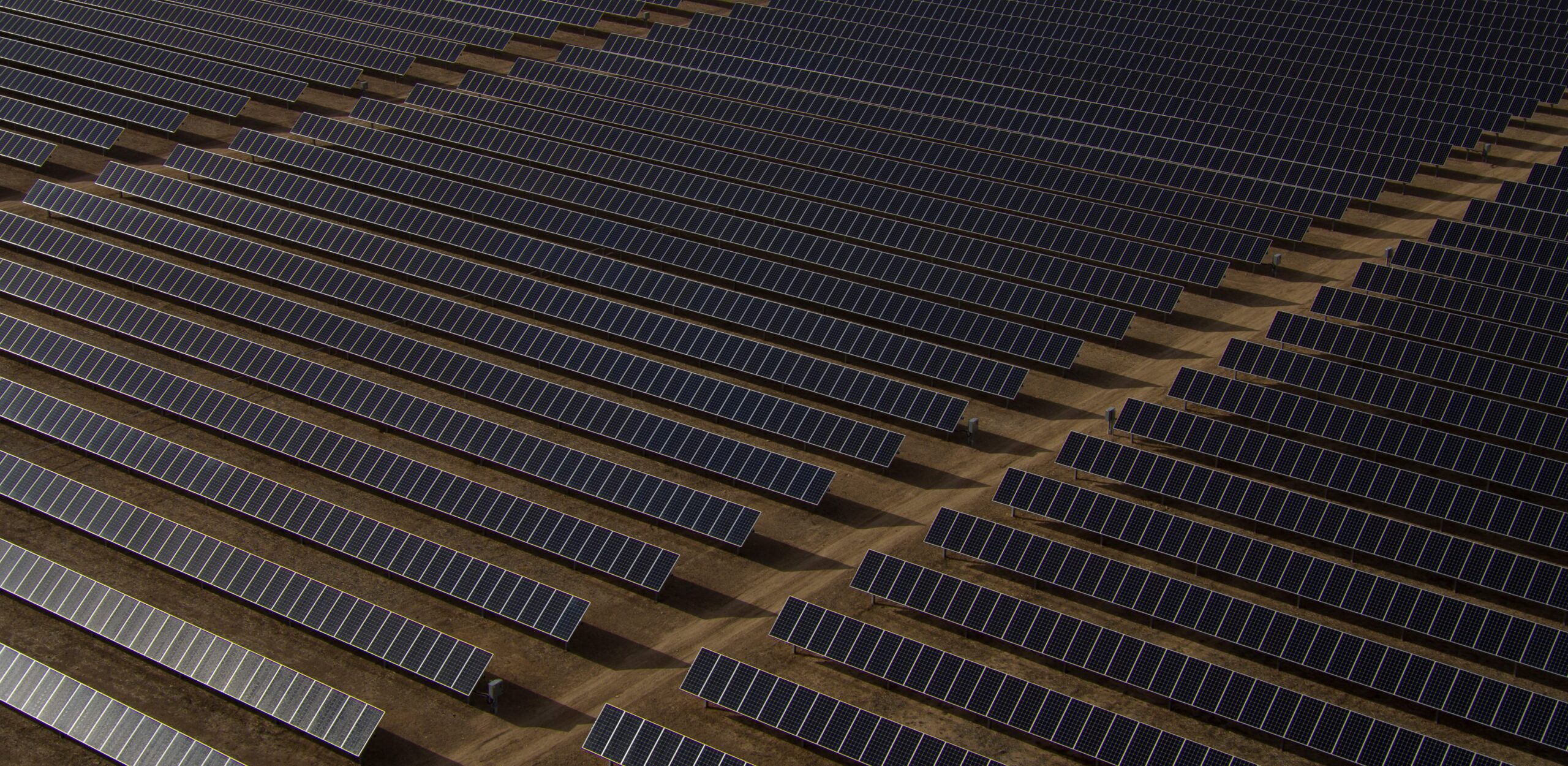Tucson Electric Power lights up Southeast Arizona with a new solar farm bringing new jobs to the area.
Tucson Electric Power (TEP) is lighting up southern Arizona with a new solar farm in the southeast corner of the state. The Wilmot Energy Center features 314,000 solar panels on 1,130 acres, creating at least 250 new jobs. The project benefitted from the federal government’s pandemic relief and stimulus package, and it could further benefit from pending federal legislation that supports additional clean energy investments. The original stimulus relief package allocated money toward solar, wind, hydropower, and geothermal research and development – and extended the federal tax credit incentivizing the construction of new solar power plants just like the Wilmot Energy Center; additional tax credit incentives are likely to come from legislation currently under consideration in Congress.
The Wilmot plant, a 100-megawatt AC photovoltaic project with 30 megawatts of linked battery storage, began operating last spring. TEP inked a 20-year contract to buy power from the plant, which provides enough power to serve up to 21,000 homes annually (and, as transmission lines expand, this will include the University of Arizona campus).
Adding solar power from Wilmot is a focal point of TEP’s multi-faceted plan to reach 70 percent renewable energy generation by 2035. The company buys from numerous solar plants around the state as it continues to expand its sustainable sources. This solar power makes a big dent in consumers’ power bills, as the sun’s energy is not only cleaner, it’s significantly cheaper. In fact, TEP made industry-wide news several years ago when it announced that Wilmot power would cost less than 3 cents per kilowatt-hour, an industry low at the time.
“[It] represents another big step for us toward building a cleaner, greener grid,” said TEP spokesperson Joe Barrios. “Solar energy will be generated and stored during peak production hours, then used later during high usage periods to meet our customers’ energy needs.”
Federal tax credits on projects like this one in Arizona are vital in America’s move toward a cleaner, more sustainable future. Last year, such credits formed a key component of a $550-billion program to combat a changing climate, contained within the proposed government framework currently being crafted in Congress.
In addition to tax credits for building solar plants like the one near Tucson, the program is slated to support technologies such as carbon capture, biofuels and alternative fuels, fuel cells and energy efficiency; new research and development programs for solar, wind, and energy storage; funding for energy efficiency projects and upgrades to the electric grid.





